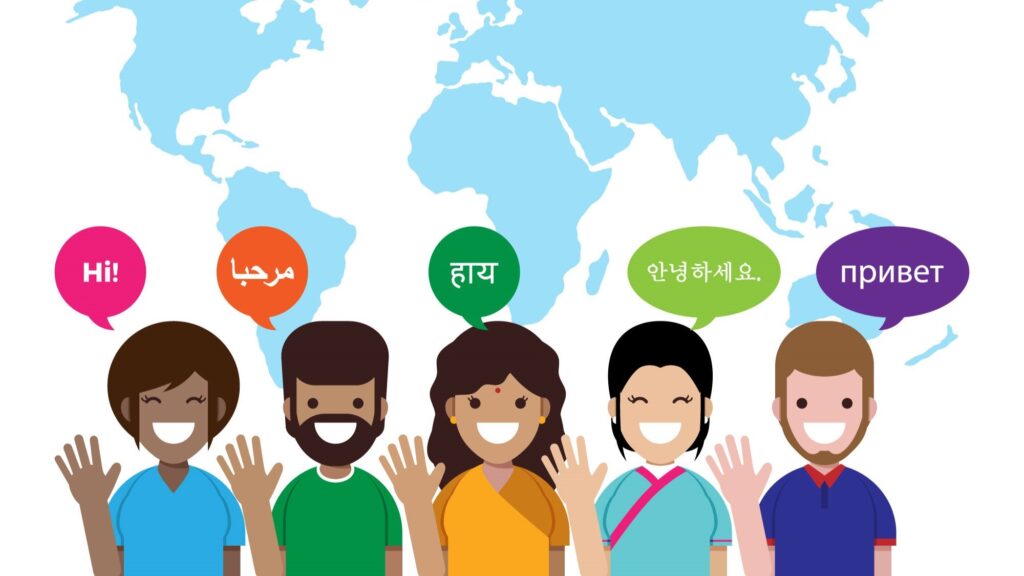
In today’s fast-paced digital world, video is one of the most powerful tools for global communication. But reaching a global audience requires more than just uploading a video and hoping for views—it requires video localization.
Video localization means adapting your video content linguistically and culturally so that it resonates with audiences in different regions. Whether you’re launching a product, running an e-learning course, or entertaining a global audience, effective video localization can significantly increase your engagement and ROI.
In this blog, we’ll explore key video localization strategies and how they can help you connect with viewers across borders.
Why Video Localization Matters
With over 80% of internet traffic being video, businesses can’t afford to publish content only in one language. Studies show that 72% of consumers prefer to watch content in their native language, even if they speak English.
Whether it’s training videos, marketing campaigns, or product tutorials, localized videos drive:
- Higher engagement
- Better understanding
- Increased conversions
- Brand loyalty across markets
Brands like Netflix, Nike, and Google have leveraged video localization to enter new markets successfully. Now, it’s your turn.
Key Strategies for Effective Video Localization
1. Understand Your Target Audience
Start by analyzing who you’re trying to reach. Different regions have unique:
- Cultural values
- Linguistic nuances
- Visual preferences
Localization isn’t just translating words—it’s about conveying the same message in a culturally relevant and emotionally resonant way.
2. Use Native Linguists and Voice Talents
A native speaker knows more than the language—they understand tone, slang, and local expressions. Hiring native voice-over artists ensures:
- Natural-sounding dialogues
- Appropriate emotions and pacing
- Trustworthy delivery
Pro tip: Use voice actors with accents familiar to your target demographic for better relatability.
3. Adapt Visual Elements
Some visuals might not be culturally appropriate for all audiences. Make sure to:
- Replace text overlays and infographics
- Adjust colors, symbols, and gestures
- Customize location-based content
For example, colors like red signify good luck in China but may indicate danger in other regions.
4. Subtitle Optimization
Subtitles are cost-effective and widely used in video localization. To optimize them:
- Use readable fonts and sizes
- Sync text timing with speech
- Avoid literal translations
Well-crafted subtitles help non-native speakers and even benefit SEO by indexing transcribed content.
5. Choose Between Dubbing and Subtitling Wisely
- Subtitles: Great for documentaries, online tutorials, and budget-conscious projects
- Dubbing: Ideal for emotional or entertainment-based content
Think about audience expectations—some cultures prefer dubbed videos over reading subtitles.
6. Localize Metadata and Descriptions
Don’t forget the metadata! Translate:
- Video titles
- Descriptions
- Tags and keywords
This improves search visibility on platforms like YouTube, Google, and Vimeo, driving more organic traffic from different regions.
7. Work with a Professional Video Localization Partner
DIY video translation might save you money but risks your brand image. Working with a professional partner ensures:
- Cultural accuracy
- Consistent brand voice
- Quality assurance
Agencies like VerboLabs offer human-powered subtitling, dubbing, transcription, and localization services tailored to your audience.
Tools & Technology in Video Localization
Technology helps streamline video localization, but human oversight is crucial. Common tools used:
- Video editing software (Premiere Pro, Final Cut)
- Subtitle tools (Amara, Subtitle Edit)
- Localization management platforms
AI tools can help with automation but should always be reviewed by linguists for accuracy and tone.
Common Challenges in Video Localization (and How to Overcome Them)
| Challenge | Solution |
| Audio-video sync | Use time-coded scripts and professional editors |
| Slang/idioms | Employ native linguists to localize contextually |
| Brand consistency | Maintain glossaries and brand tone guides |
| Budget limits | Prioritize content that needs localization most |
Industries That Benefit from Video Localization
- E-learning and Education
- Corporate Training
- Media and Entertainment
- E-commerce and Retail
- Healthcare and Pharmaceuticals
- Software and Technology
If your audience spans multiple countries or cultures, video localization is a must.
How VerboLabs Can Help You with Video Localization
At VerboLabs, we specialize in multilingual video localization for brands, agencies, and startups. Our services include:
- Subtitling in 120+ languages
- Voice-over with native talents
- Dubbing and transcription
- Cultural consulting
- Industry-specific localization
Conclusion
Localizing your videos is no longer optional—it’s a strategic necessity. By using the right techniques and working with experts, you can build a global presence, connect authentically, and boost ROI.
Whether you’re a business, educator, or content creator, applying these video localization strategies will help you win over international audiences.

Ready to Localize Your Video Content for a Global Audience?
Partner with VerboLabs for professional subtitling, dubbing, and culturally-accurate video localization services in 100+ languages.
FAQs
Translation converts words, while localization adapts the entire content—language, visuals, and tone—for cultural relevance.
It depends on the content and audience. Dubbing is immersive; subtitling is cost-effective and preferred for informational content.
AI tools can help with speed but should not replace human translators, especially for tone, accuracy, and cultural context.
Costs vary based on video length, number of languages, and services (subtitling, dubbing, etc.). Contact us for a custom quote.
Turnaround depends on complexity, but most projects are completed within 3–10 business days with express options available.



